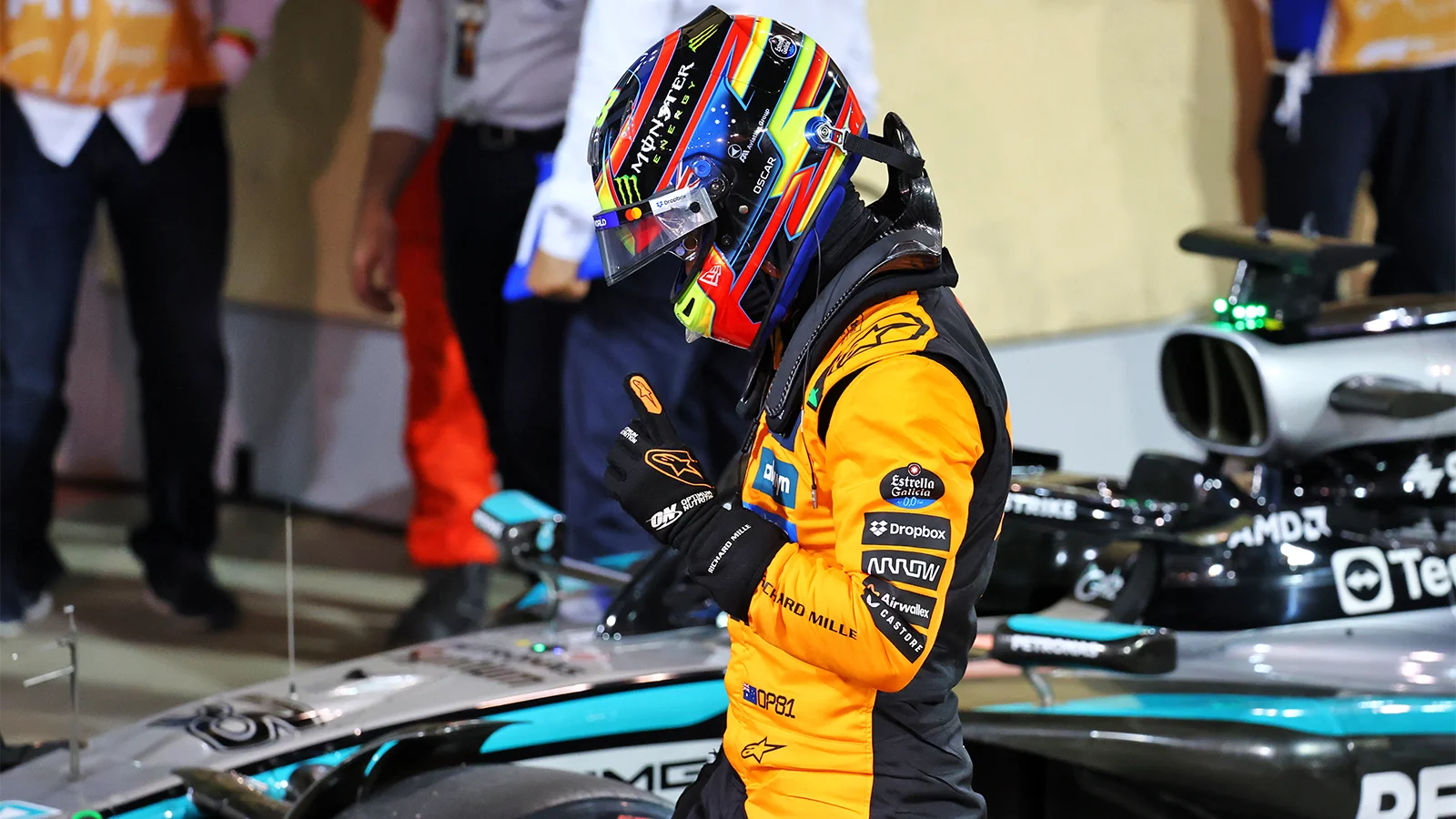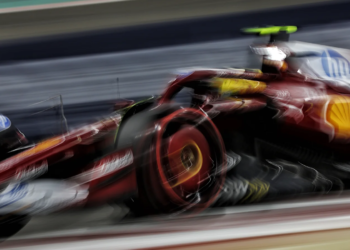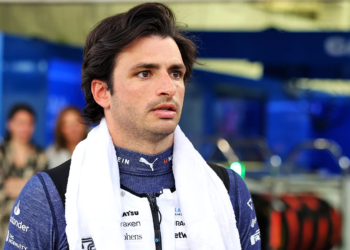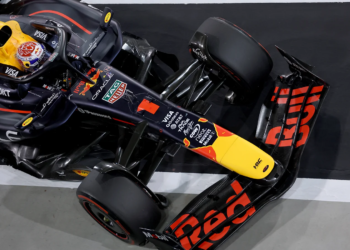McLaren boss Andrea Stella explained why the team’s hefty practice advantage was cut significantly in qualifying at the Formula 1 Bahrain Grand Prix.
McLaren arrived at the Bahrain International Circuit as the overwhelming favourite and on Friday night, after the representative FP2 session, its advantage over the rest of the field was dramatic.
With Oscar Piastri and Lando Norris occupying the top two spots, the nearest challenger, George Russell, was over four-tenths behind, but neither McLaren driver expected this advantage to last.
“Everyone just looks at the timesheets, they have no idea about the information on who turns up, who doesn’t… It’s like three-and-a-half, four-tenths around here, so that puts us back in the same position as the Mercedes,” Norris said.
Piastri added, “I think for it to be quite that big was a bit of a surprise, but I think the others will find a bit more tomorrow – I think it will be pretty close.”
True enough, McLaren didn’t even lock out the front row with Norris struggling to execute a strong Q3 effort to wind up sixth and polesitter Piastri edged out Russell by 0.168s.
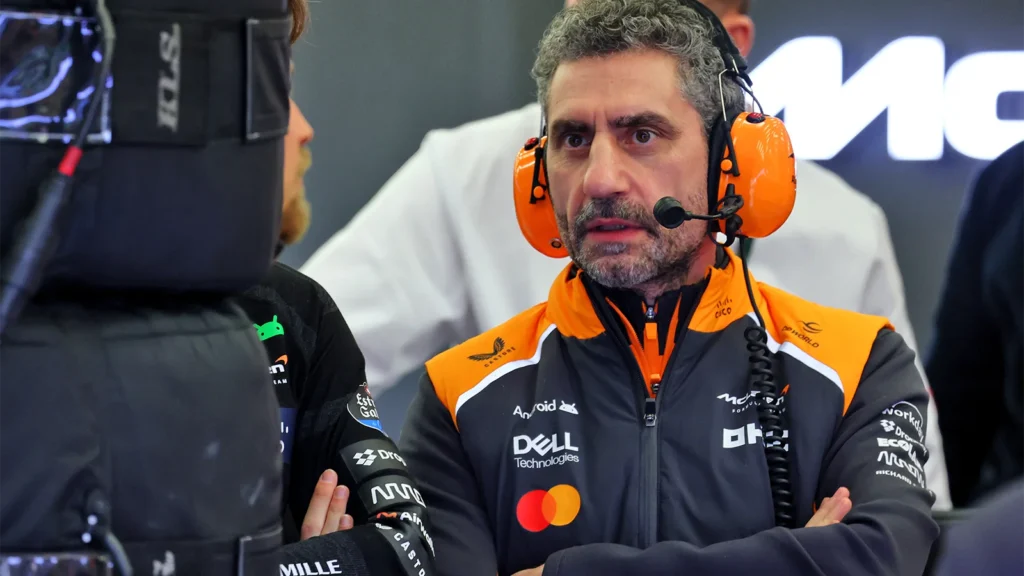
Cooling temperatures behind McLaren advantage shrink
So where did McLaren’s sizeable advantage go overnight?
Initially, Stella, when prompted if fuel and engine modes were the issue, told select media, including Motorsport Week, “The gaps in practice, which in themselves are not very relevant, we know that they may depend on the fuel, the engine mode.”
Stella added, “what’s interesting here is that the more the track seems to be slippery, the more we seem to have an advantage.
“Normally, this is a good characteristic to have, it means that the car has a good level of underlying downforce, based on my experience, and the less grip you have on the tarmac, the more this kind of downforce becomes important.”
However, Stella explained that as temperatures got cooler in qualifying and the grip amped up, conditions made way for McLaren’s advantage to shrink.
“When you then go towards cooler sessions, you get a bit more grip from the tarmac, you get a bit more grip because the air is more dense, and therefore you have more downforce, and normally in these situations the gaps tend to close down,” he said.
“So, potentially this is the kind of trend that we are observing here in Bahrain.”
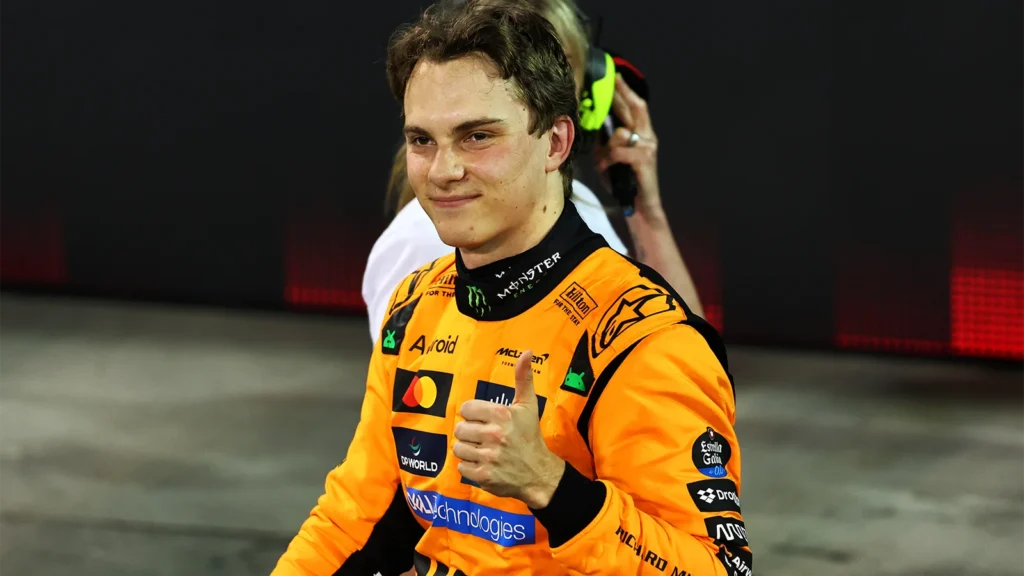
McLaren needed ‘flawless’ Piastri to take pole in Bahrain
Stella continued, saying “I’m not surprised” by the gaps coming down in qualifying.
He then harked back to Suzuka, where nothing but perfection would have granted McLaren pole.
That wasn’t the case in Japan, with both McLaren drivers conceding an advantage to Max Verstappen.
Again, in Bahrain, Norris struggled and couldn’t deliver the MCL39’s maximum potential, but Piastri did, and that’s why he claimed pole position.
“You always say that I put water on the fire, but I don’t think, I just read the numbers, I just look at the facts,” Stella said, citing the narrative McLaren is downplaying its advantage in 2025.
“The gaps are what they are,” Stella added.
“And even in this case, actually, we have been able to enjoy a couple of tenths plus, compared to P2.
“A couple of tenths sometimes means that if you don’t put everything together and you have some inaccuracies, then you are not going to be the first.
“Today, Oscar was pretty much flawless in delivering the laps, and this meant that he is P1, but we saw in Japan that as soon as you have some performance left behind, you are not in pole position anymore.”
READ MORE – McLaren must help Lando Norris use ‘incredible talent’ amid Bahrain struggles

